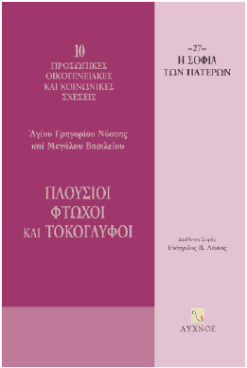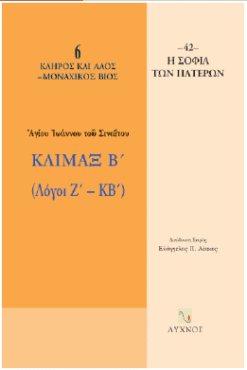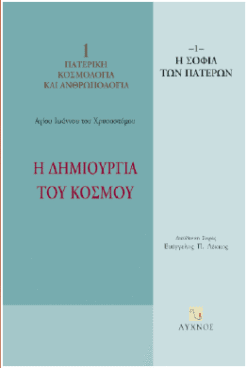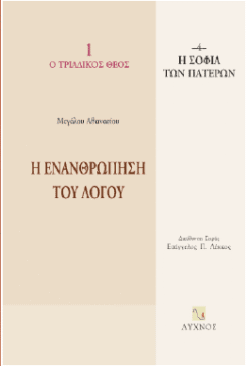Religious books
- Lychnos Publications (43)
Categories
Publishing
Author
Contact Us
Information about book submissions and any other clarifications:
43 Products
-
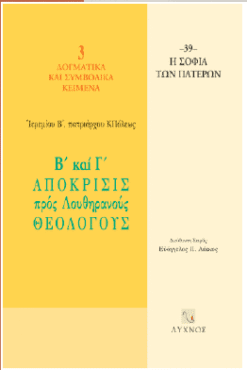 5,80 €
5,80 €In a period in which theological Dialogues are being conducted between representatives of Churches, Confessions and various Dogmas, it is important to know that the Eastern Orthodox Church, led by the ecumenical patriarch Jeremiah II, handled the issue of a kind of Dialogue with the then new (16th century) Protestant Church (Protestant, Lutheran).
-
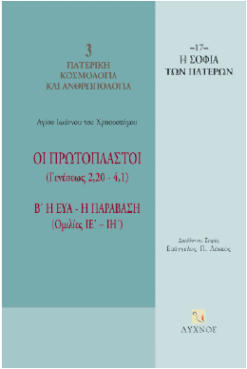 5,80 €
5,80 €In the context of his interpretative Homilies, Saint John Chrysostom dealt extensively with the Holy Bible. Choosing, preferably, hagiographic passages, he interprets and delves into them, without, as a rule, omitting constructive extensions. And this, because he usually speaks before a congregation and is interested in the spiritual cultivation and moral teaching of his listeners.
-
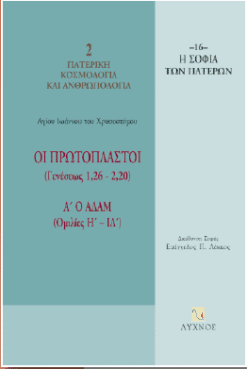 5,80 €
5,80 €In the context of his interpretative Homilies, Saint John Chrysostom dealt extensively with the Holy Bible. By choosing, preferably, hagiographic passages, he interprets and delves into them, without, as a rule, omitting constructive extensions. And this, because he usually speaks before a congregation and is interested in the spiritual cultivation and moral teaching of his listeners.
-
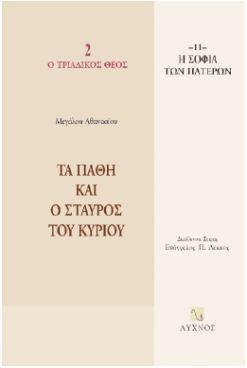 5,80 €
5,80 €The treatise On the Passion of the Lord and on the Cross, having as its starting point Matthew 27, 33-36 (And when they came to a place called Golgotha, there was a place called Skull… And sitting down, they observed what he did), analyzes in detail the Passion of the Lord and its implications. With the saints as a guide and mainly the apostle Paul, since he categorically affirms that what God says is absolutely reliable, he refers to the fact that the prophecies were all fulfilled in the person of Christ.

